Chinese porcelain, known as "china" in English, is not just a craft but a cultural symbol that has shaped global trade, art, and daily life for millennia. For travelers, understanding its history, craftsmanship, and significance adds depth to exploring China. Here’s your ultimate guide to this timeless art form:
1. What Is Chinese Porcelain?
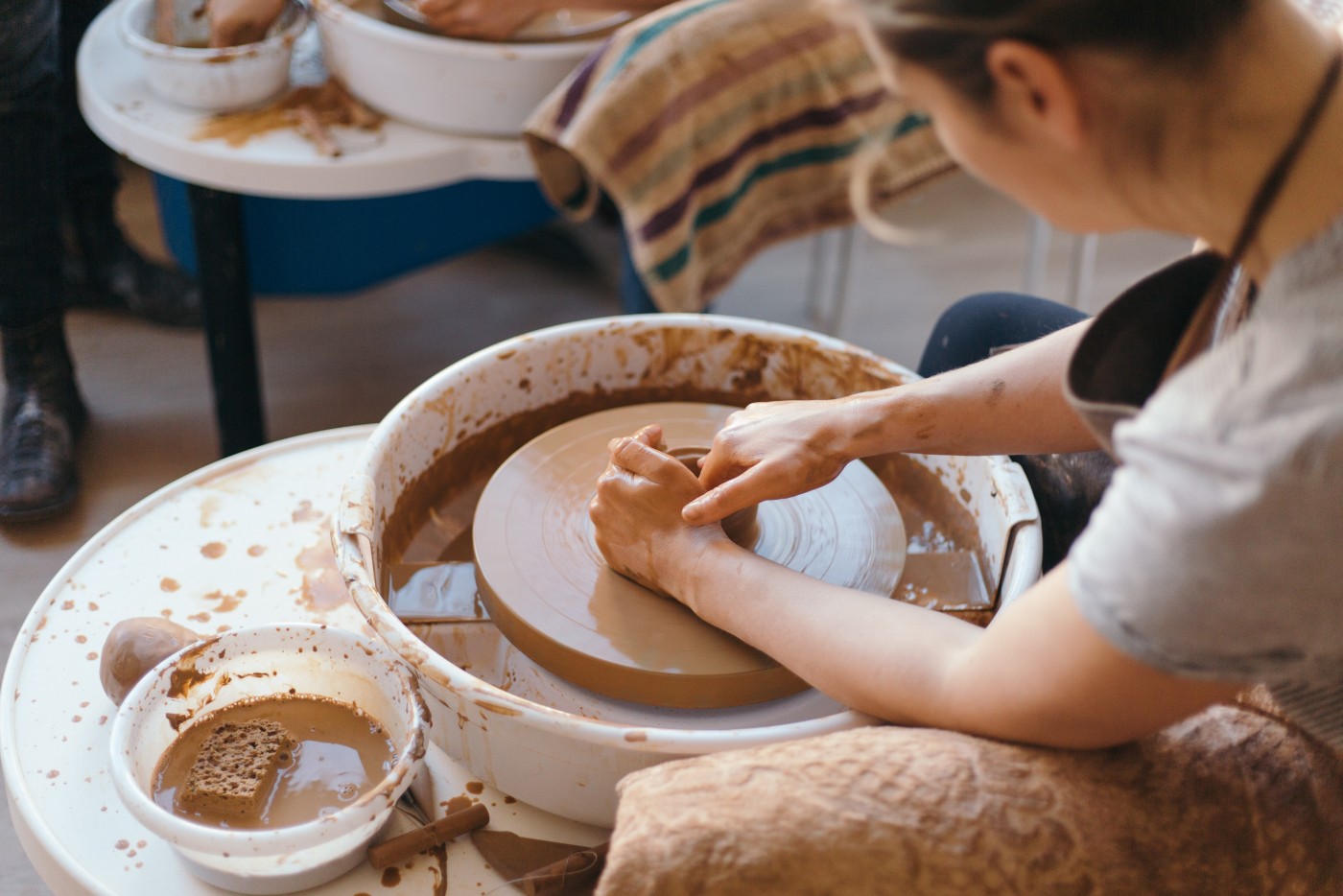 Renowned for its luminous quality and enduring strength, Chinese porcelain is crafted from refined kaolin clay blended with mineral additives like feldspar, then fired at extreme temperatures exceeding 1260°C. This process yields a vitrified, semi-transparent material that resists stains, repels moisture, and withstands repeated use—qualities that make it ideal for both kitchenware and decorative objects. Unlike its ceramic counterparts, such as coarse-textured stoneware or earthenware (which often requires glazing to mask its porous surface), porcelain boasts an inherently smooth, ivory-like finish, with delicate thin-walled pieces revealing a subtle glow when backlit.
Renowned for its luminous quality and enduring strength, Chinese porcelain is crafted from refined kaolin clay blended with mineral additives like feldspar, then fired at extreme temperatures exceeding 1260°C. This process yields a vitrified, semi-transparent material that resists stains, repels moisture, and withstands repeated use—qualities that make it ideal for both kitchenware and decorative objects. Unlike its ceramic counterparts, such as coarse-textured stoneware or earthenware (which often requires glazing to mask its porous surface), porcelain boasts an inherently smooth, ivory-like finish, with delicate thin-walled pieces revealing a subtle glow when backlit.
 Beyond practicality, porcelain’s aesthetic versatility has fueled a thriving global collectibles market. Rare historical works—like Tang-era tri-color glazed pieces, celadon-green masterpieces, and Qing-dynasty famille-rose designs—command astronomical prices, exemplified by a record-breaking $84 million auction sale. Connoisseurs evaluate pieces based on criteria ranging from glaze purity and decorative motifs to historical provenance. Iconic styles such as cobalt-blue patterns under transparent glaze (qinghua) remain timelessly coveted.
Beyond practicality, porcelain’s aesthetic versatility has fueled a thriving global collectibles market. Rare historical works—like Tang-era tri-color glazed pieces, celadon-green masterpieces, and Qing-dynasty famille-rose designs—command astronomical prices, exemplified by a record-breaking $84 million auction sale. Connoisseurs evaluate pieces based on criteria ranging from glaze purity and decorative motifs to historical provenance. Iconic styles such as cobalt-blue patterns under transparent glaze (qinghua) remain timelessly coveted.
While modern households commonly use porcelain for tableware and bathroom fixtures, its cultural zenith resides in museums and private collections. These artifacts intertwine technical brilliance with narratives of imperial patronage, trade routes, and artistic innovation, embodying centuries of craftsmanship and storytelling in every curve and brushstroke
Key Features:
Translucency: High-quality porcelain is semi-transparent when held to light.
Glaze: A glassy coating that enhances durability and adds decorative colors or patterns.
Hardness: Ranks high on the Mohs scale, making it resistant to scratches.
2. The History of Chinese Porcelain
China’s porcelain legacy spans over 2,000 years, evolving through dynastic innovations:
China’s mastery of porcelain—a legacy etched in clay and fire—unfolds across dynasties, blending technical innovation with cultural exchange. While debates persist about its origins, fragments of early "proto-porcelain" from the Shang Dynasty (c. 1600–1046 BCE) suggest experimentation with kaolin-rich clay. By the Eastern Han era (25–220 CE), artisans perfected water-resistant ceramics, marking porcelain’s functional birth.
Celadon and Early Advancements
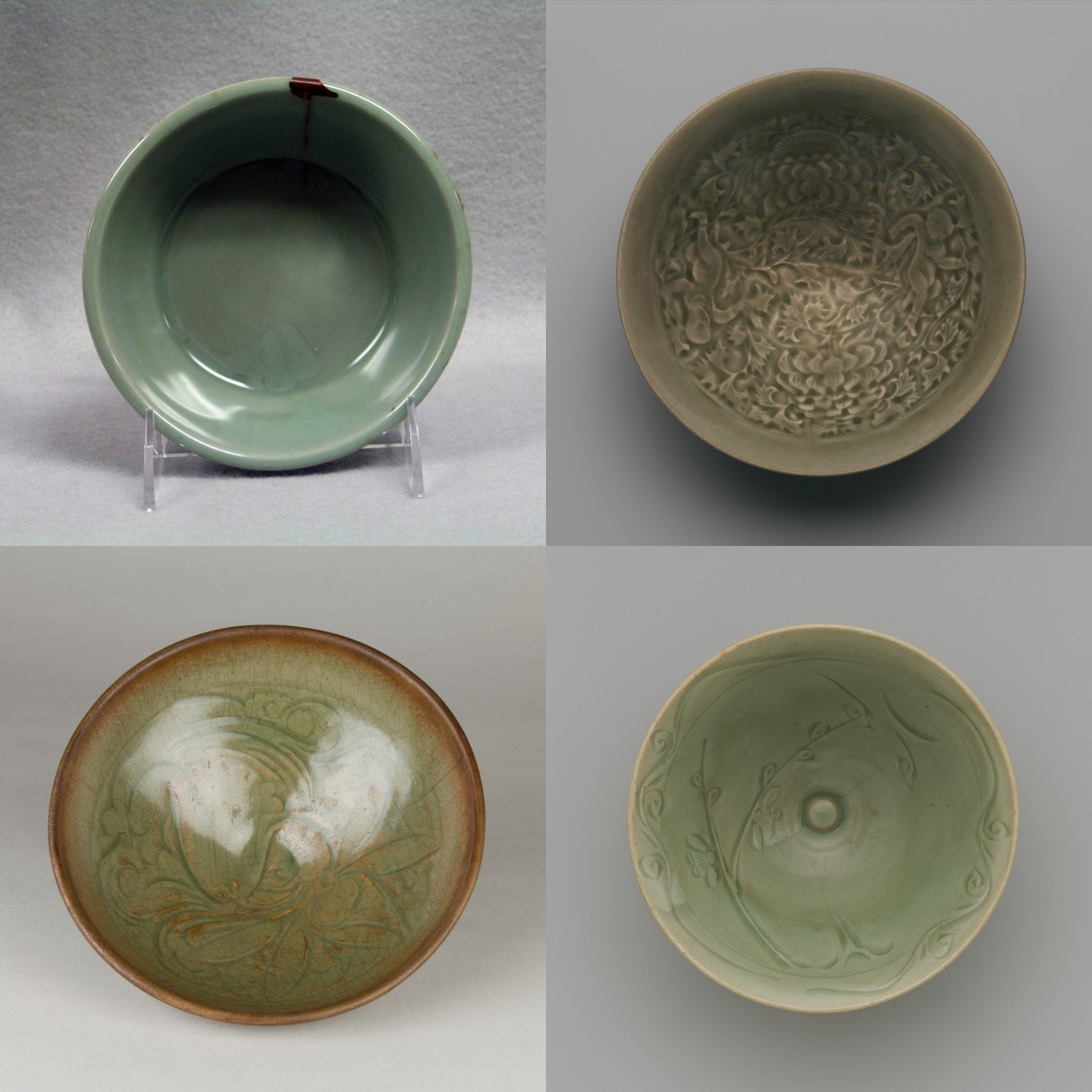 |
| Celadon |
Southern China’s Yue kilns in Zhejiang pioneered celadon during the Han period, crafting jade-hued vessels whose gloss survives millennia. Northern workshops later rivaled this with translucent white wares, while Zhejiang’s De Kiln innovated lustrous black porcelain using iron-rich glazes. These regional styles flourished through the Jin and Sui eras (3rd–7th c.), laying groundwork for Tang Dynasty (618–907 CE) breakthroughs.
Tang to Yuan: Globalizing Aesthetics
Tea culture’s rise and Silk Road trade spurred Tang artisans to refine forms. Northern Hebei’s Xing kilns produced ivory-white tableware, while Henan’s sancai (“three-color”) glazes—amber, green, and cream—adorned ceremonial burial objects. Muslim merchants’ demand catalyzed exports, a trend amplified when Mongol Yuan rulers (1279–1368) reopened Silk Road routes. Jingdezhen, designated an imperial hub in 1004 CE, emerged as a powerhouse, blending Iranian cobalt with local kaolin to create iconic blue-and-white porcelain.
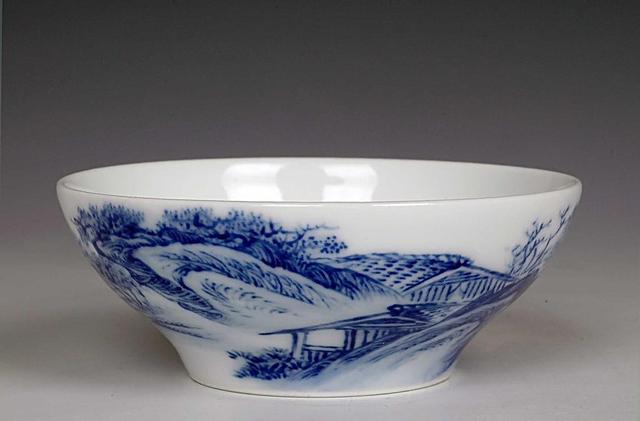 |
| Blue and White Porcelain |
Ming Mastery and European Obsession
Ming artisans (1368–1644) enhanced blue-and-white techniques by adding manganese to prevent smudging, achieving unmatched clarity. Meanwhile, Fujian’s Dehua kilns, leveraging iron-speckled clay, crafted luminous “blanc de Chine” Buddhist statues, shipped globally via Quanzhou port. A 1603 Dutch seizure of a Portuguese ship laden with Ming wares ignited Europe’s “porcelain fever,” where pieces auctioned as “white gold” spurred imitation attempts—initially crude “soft-paste” European copies.
Qing Innovations and Legacy
Post-Manchu conquest, Emperor Kangxi revitalized Jingdezhen, blending enamel pigments for imperial famille-rose designs. Qing workshops catered to global elites, reproducing foreign motifs sent via trade networks. Despite 18th-century European kilns cracking the porcelain code, Chinese wares retained prestige for their vibrant artistry, durability, and cultural resonance.
From Shang kilns to global auctions, Chinese porcelain endures as both utilitarian object and artistic chronicle—its glazes whispering tales of emperors, merchants, and the alchemy of earth and flame.
3. What Is Chinese Porcelain Made For?
Though often perceived as decorative relics, porcelain’s quiet omnipresence shapes modern life in ways both mundane and extraordinary. This fusion of artistry and practicality, perfected over millennia, bridges ancient craftsmanship and contemporary innovation.
Domestic Foundations
Since its inception, porcelain revolutionized household functionality. Its non-porous surface and thermal resilience made it ideal for food storage and preparation, resisting bacterial growth long before modern hygiene standards. Beyond tableware, early artisans crafted inkwells, seal stamps, and desk ornaments for scholarly elites—subtle markers of refinement in daily life.
Architectural Integration
Today, porcelain’s durability underpins architectural essentials. As vitrified ceramics, it dominates bathroom fixtures—toilets and sinks—owing to its hygienic surface and thermal stability. Porcelain tiles, with their negligible water absorption (
Technological Virtues
Porcelain’s dielectric properties—non-conductive and heat-resistant up to 1,200°C—made it indispensable for early electrical insulators, safeguarding telegraph lines and power grids. This same inertness now serves semiconductor manufacturing, where ultra-pure porcelain components prevent contamination in microchip production.
Biomimetic Dentistry
Dental science harnesses porcelain’s lifelike translucency and biocompatibility. Modern crowns blend zirconia-strengthened cores with layered feldspathic glaze, mimicking enamel’s light-refractive properties while outperforming metals in corrosion resistance—a marriage of aesthetics and durability rooted in Song Dynasty glaze innovations.
Cultural Currency
Imperial workshops elevated porcelain into diplomatic language: Ming-era meiping vases sealed alliances, while Qing famille-rose tea sets lubricated Silk Road negotiations. Archaeological finds reveal its spiritual role—Tang sancai figurines guarded tombs, and celadon incense burners mediated celestial communication in temple rituals.
Collectible Alchemy
The 21st-century art market treats porcelain as tangible history. A 14th-century Yuan qinghua jar fetched £23.1 million in 2021, its cobalt motifs mapping Mongol Persia-China trade routes. Contemporary studios blend ancestral techniques with AI-aided kiln controls, creating hybrid works exhibited at venues like the Venice Biennale.
Enduring Paradox
Porcelain thrives through contradictory virtues—fragile yet enduring, utilitarian yet transcendent. From Neolithic proto-celadon ritual vessels to SpaceX’s ceramic heat shields, its evolution mirrors humanity’s journey: a quest to transform earthbound materials into objects that defy time, function, and imagination.
4. How Should I Care for Porcelain?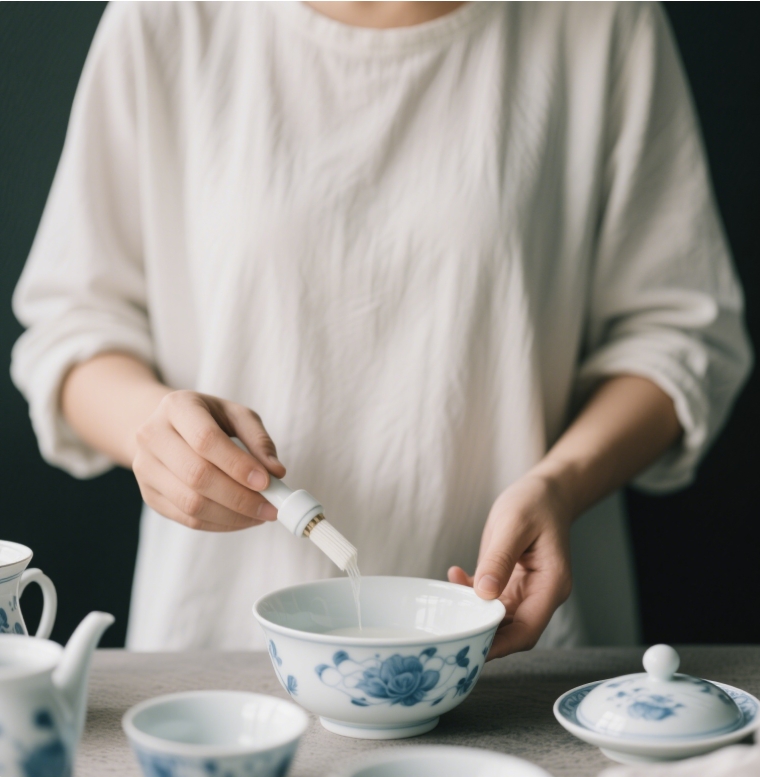
Whether selected for a restaurant or home dining, porcelain’s enduring appeal lies in its blend of durability and refined aesthetics. Designed to withstand high-temperature kiln firing, it resists thermal shock, is dishwasher-safe, and non-porous, making it ideal for both daily use and elegant presentations. However, its resilience doesn’t equate to indestructibility, and mindful handling remains essential.
Understanding Authenticity
Not all items labeled “porcelain” meet true standards. Authentic hard-paste porcelain, originating from Chinese craftsmanship, features a glass-like finish due to high-heat fusion of glaze and clay, rendering it sturdy and impermeable. In contrast, European soft-paste variants, fired at lower temperatures, have a porous body with a glaze layer prone to separation. Collectible or antique pieces, often delicate due to intricate designs or age, demand heightened care.
Acquiring Pieces
When purchasing collectibles, inspect for flaws meticulously. Avoid wearing jewelry or accessories that might scratch surfaces, especially on unglazed areas. Handle items with both hands, avoiding fragile appendages like handles or stems. Test for structural integrity by lightly tapping—a clear, ringing tone suggests solidity, while a muted sound may indicate hidden cracks. Examine under light to spot repairs, unstable glaze, or water damage like stains or corrosion.
Transport & Display
Protect fragile items during transit with custom packaging that cushions against vibration and moisture. For display, avoid high-traffic areas or unstable surfaces prone to bumps. Opt for secure cabinets with adequate spacing to prevent collisions. Avoid hanging pieces by delicate parts, as vibrations from footfall or nearby activity may cause stress. Soft linings like felt or acrylic mounts can stabilize displays while preventing dust accumulation.
Cleaning & Restoration
While everyday tableware tolerates dishwashers, heirloom or decorative pieces require gentler care. Assess stains carefully—some marks may be irreversible or require professional intervention. Avoid harsh chemicals unless certain of the material’s compatibility, as liquids can seep into cracks, worsening damage. For repairs, avoid DIY fixes on valuable items; specialized adhesives used by conservators ensure longevity without compromising integrity. Seek expert assistance for irreplaceable pieces to prevent irreversible harm.
By balancing practical use with thoughtful preservation, porcelain’s timeless beauty can endure across generations.
5. Where to Find Authentic Chinese Porcelain
Evaluating Quality & Identifying Authentic Porcelain
Prized for its elegance and cultural significance, porcelain captivates collectors and enthusiasts alike. However, distinguishing genuine pieces from imitations requires careful attention to craftsmanship, historical context, and sourcing.
Understanding Styles & Origins
Porcelain often reflects cultural influences. Traditional Chinese designs incorporate motifs like dragons, Buddhist symbols, and regional landscapes, while export-focused pieces may feature Western-inspired patterns. Quality varies widely: authentic high-grade porcelain is characterized by thinness, vivid colors, and a luminous finish—results of prolonged high-heat kiln firing.
Key Production Hubs in China
Jingdezhen, Jiangxi: Known as the “Porcelain Capital,” Sanbao Village specializes in premium tea sets crafted by seasoned artisans.
Dehua, Fujian: Renowned for milky-white porcelain, Dehua blends delicate textures with intricate forms, offering direct-access factory purchases.
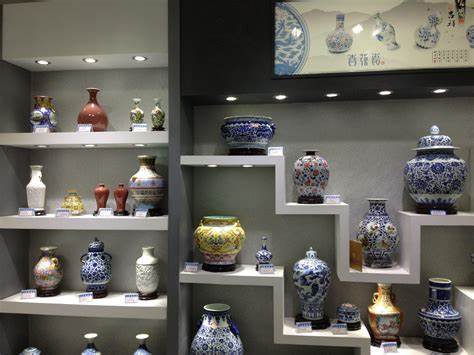 |
 |
| Jingdezhen Porcelain | Dehua Porcelain |
Liling, Hunan: A leader in underglaze-color ceramics, Liling’s vibrant, durable pieces are sold affordably in local markets and workshops.
Foshan, Guangdong: Home to historic kilns like the 500-year-old Nan Feng, this region merges tradition with innovation, providing both collectibles and experiential tours.
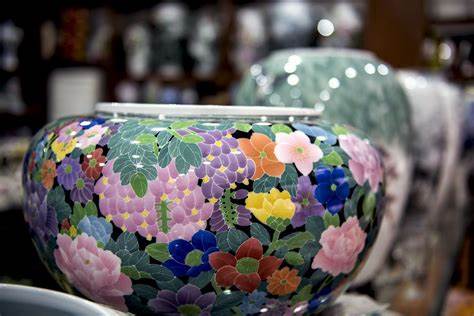 |
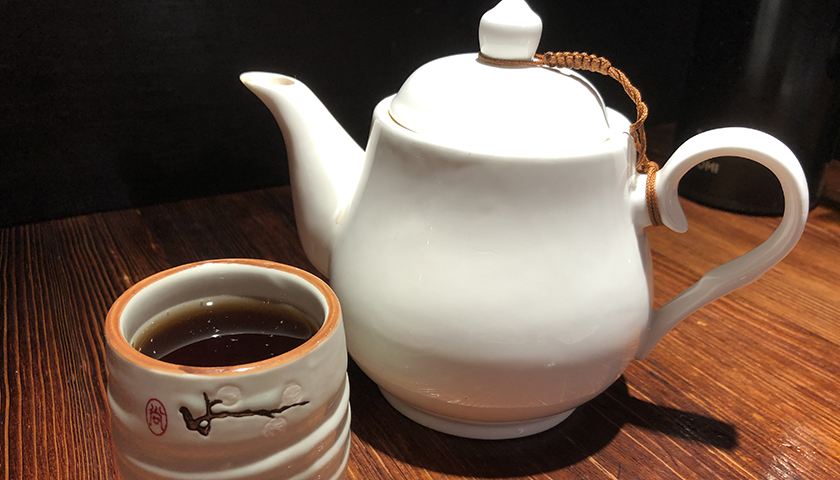 |
| Liling Porcelain | Foshan Porcelain |
Essential Museums for Education
Beijing’s Palace Museum: Houses imperial ceramics spanning dynasties, showcasing unparalleled craftsmanship.
Shanghai Museum: A Ming-Qing porcelain archive, pivotal for understanding evolution in design and technique.
Jingdezhen China Ceramics Museum: Displays ancient to contemporary works, offering insights into production methods still practiced today.
 |
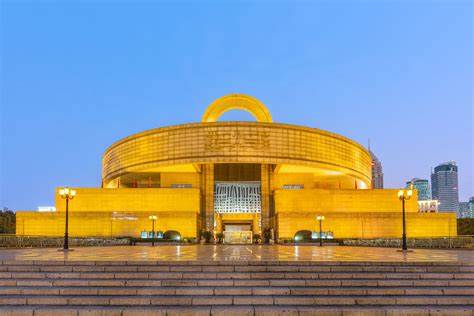 |
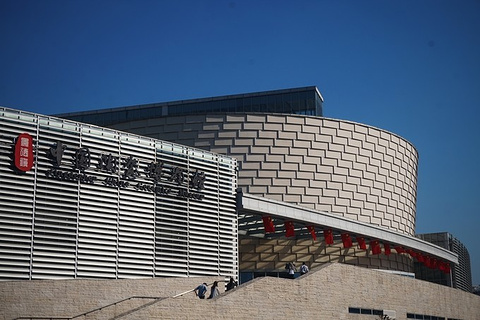 |
| Palace Museum | Shanghai Museum | Jingdezhen Museum |
Practical Evaluation Tips
Shape & Era: Specific forms correlate with historical periods (e.g., vessel styles unique to Ming or Qing dynasties).
Design Clues: Landscape motifs emerged post-17th century, aiding in dating.
Material Integrity: Authentic porcelain is translucent under light, with seamless glaze-body fusion. Chips on older pieces reveal smooth, glass-like edges.
Color Analysis: Compare blue hues—variations reflect differing mineral sources and eras (e.g., cobalt blues of Jiangxi vs. softer Fujian tones).
Base Markings: Historical pieces bear vertical inscriptions denoting dynastic reign (pre-Qing), while later items might feature brand logos. Qing-era Emperor Kangxi restricted imperial marks, opting for subtle symbols like concentric circles.
Navigating Purchases
Local Markets & Studios: Direct buying in production hubs like Jingdezhen ensures authenticity and value.
Auctions & Specialized Retailers: Platforms like eBay or auction houses offer both antique and modern pieces. Be cautious of replicas—consult experts for high-value acquisitions.
Exported Collections: Many works cater to global tastes, making them accessible overseas. Prioritize reputable sellers with transparent provenance.
Final Considerations
While record-breaking sales highlight porcelain’s investment potential, personal attachment often outweighs pure valuation. Balance research with passion—educate yourself on styles and techniques, but trust intuition when a piece resonates. Whether acquired in China or globally, porcelain’s timeless artistry demands discernment, patience, and respect for its heritage.
Bonus: How to Appreciate Porcelain
Look for Details: Examine glaze consistency, brushwork precision, and reign marks (e.g., Qianlong Nian Zhi for Qing pieces).
Touch the Texture: High-quality porcelain feels smooth and cool, with no rough edges.
Listen: Gently tap it—authentic porcelain rings like a bell.




































